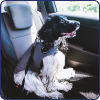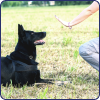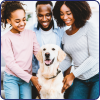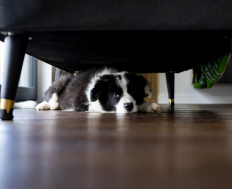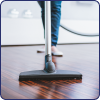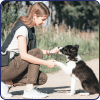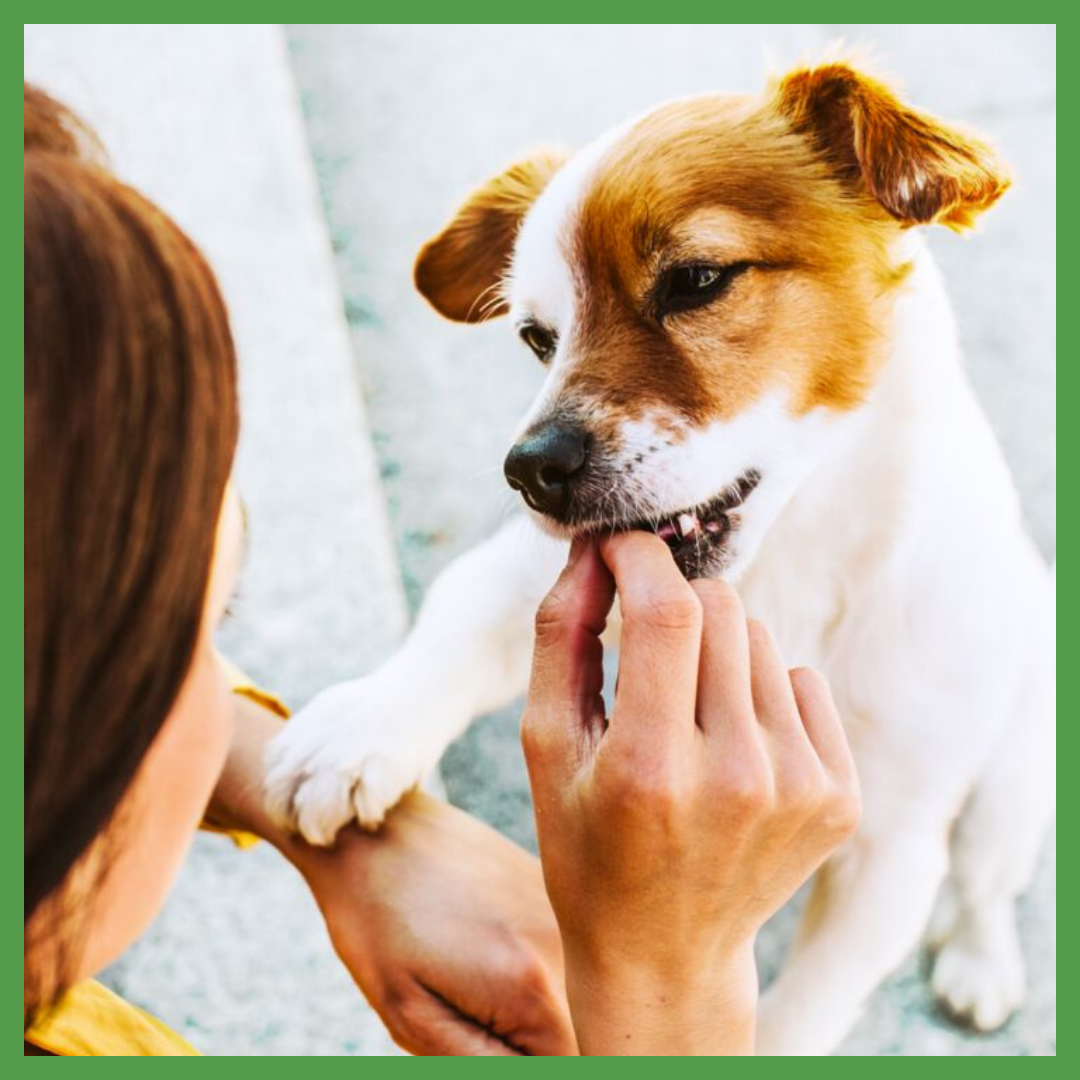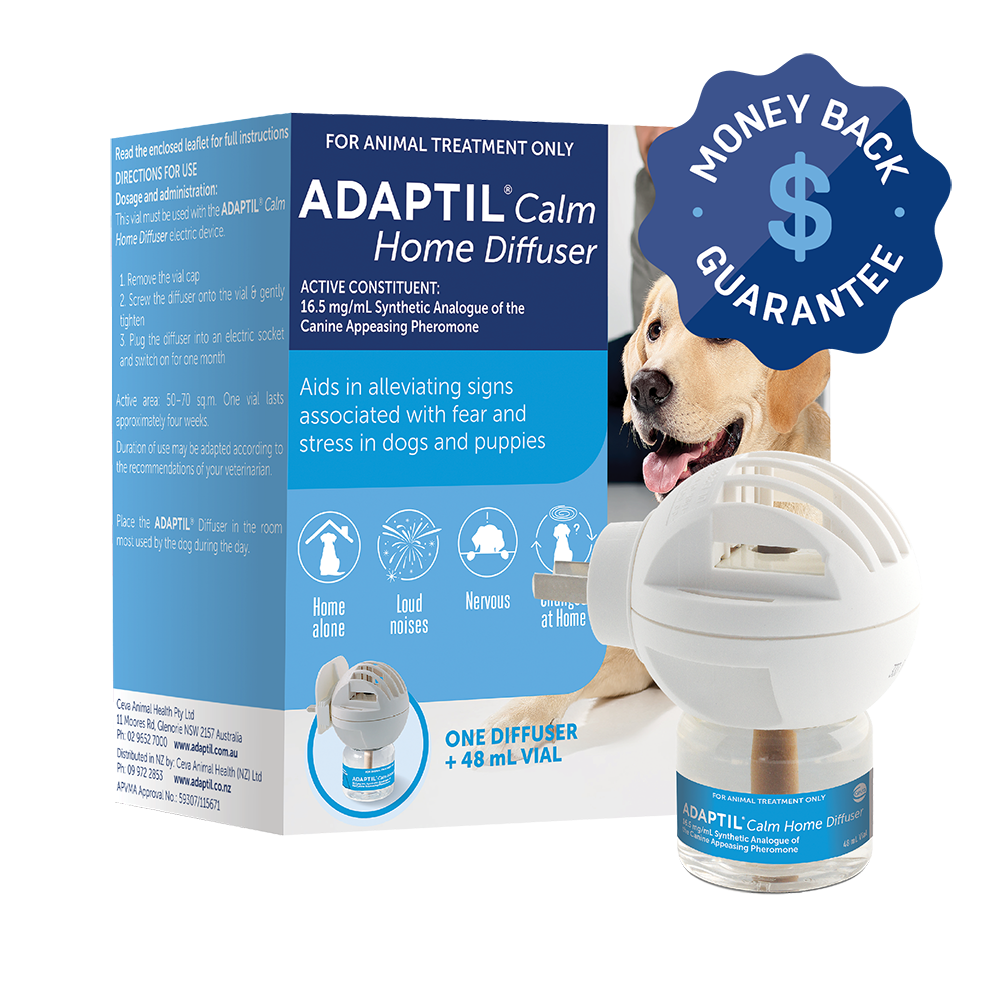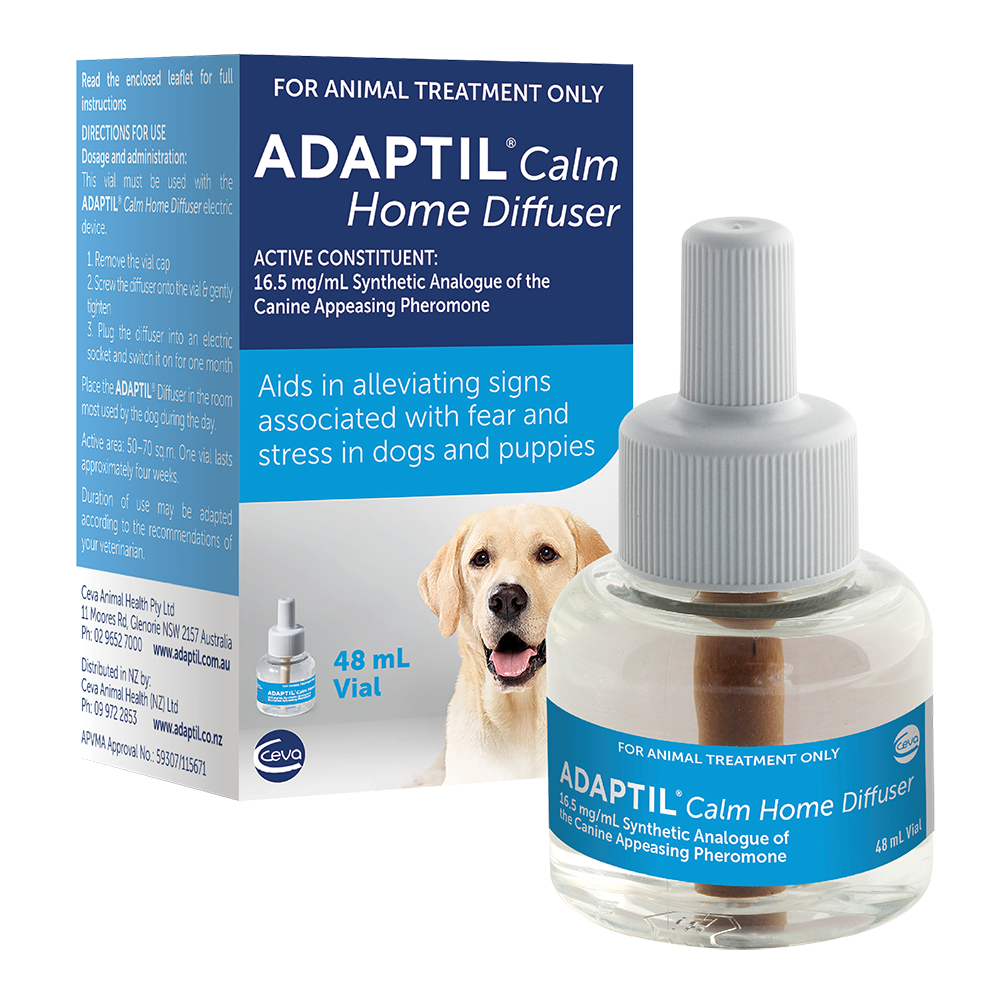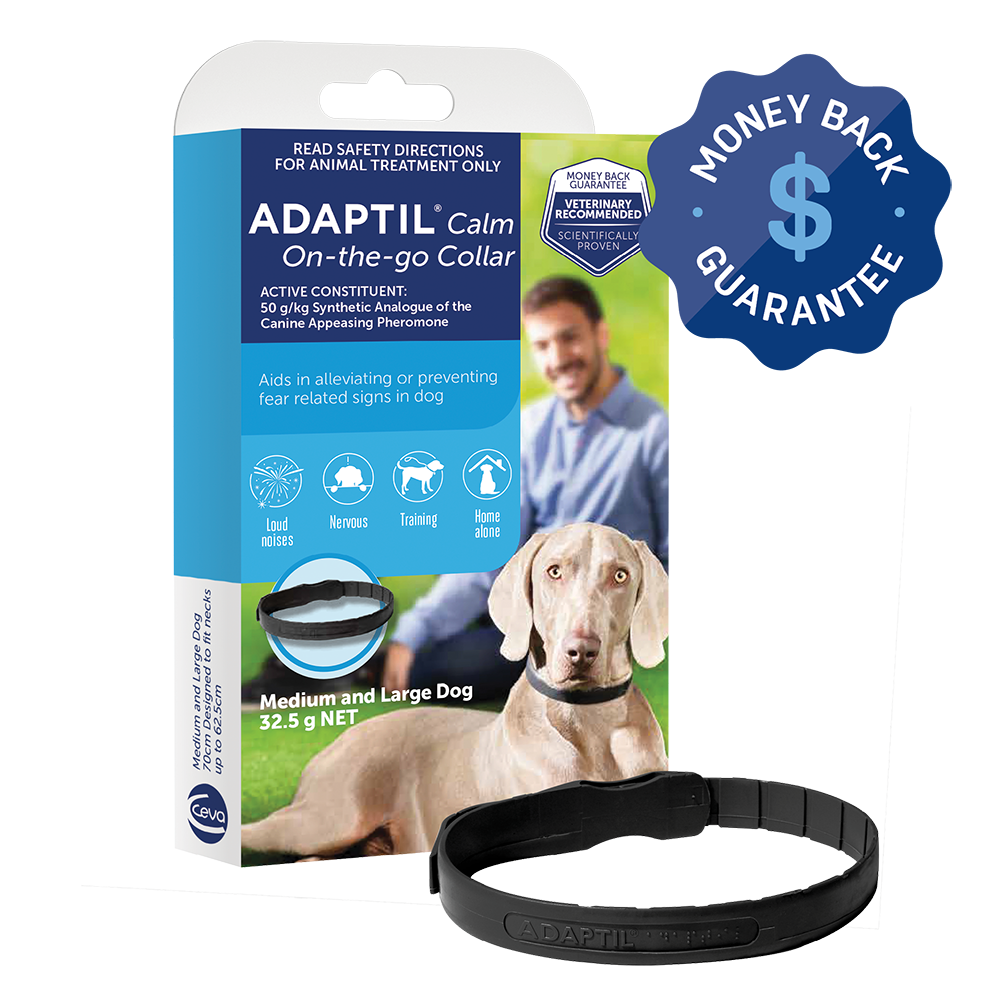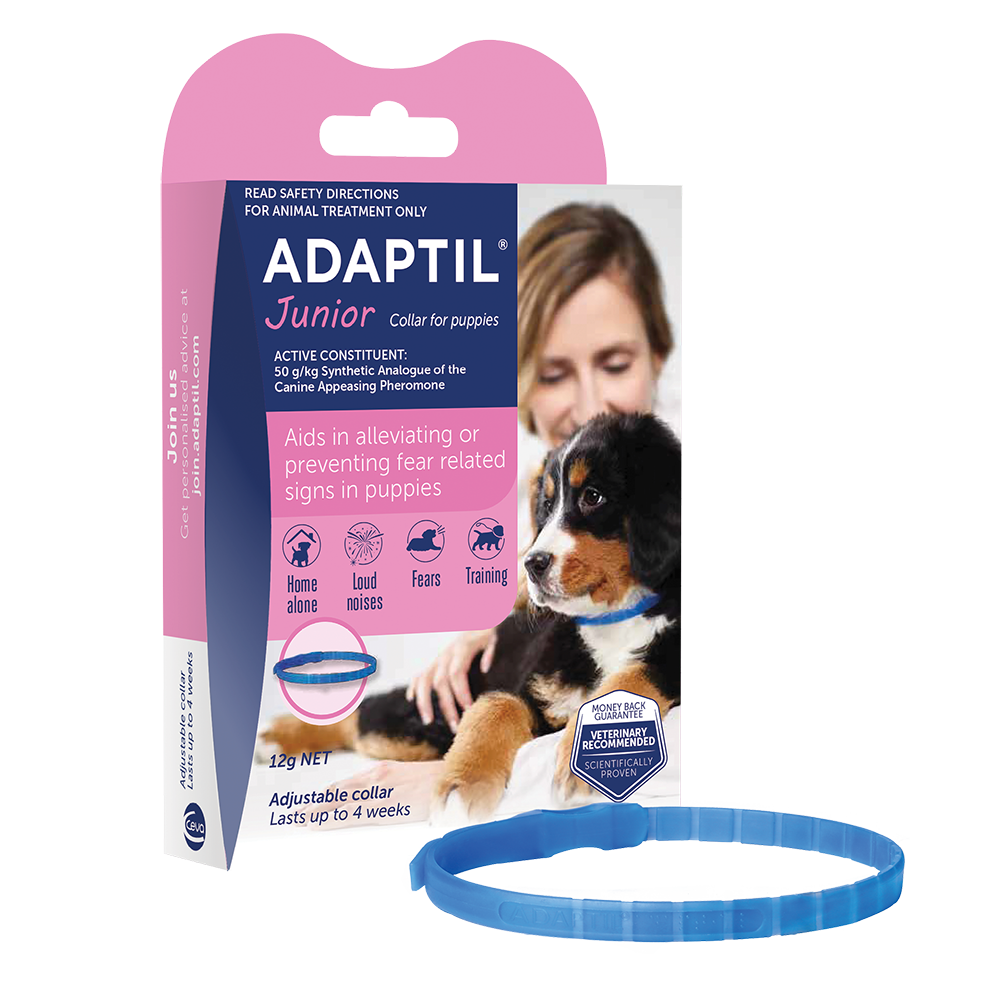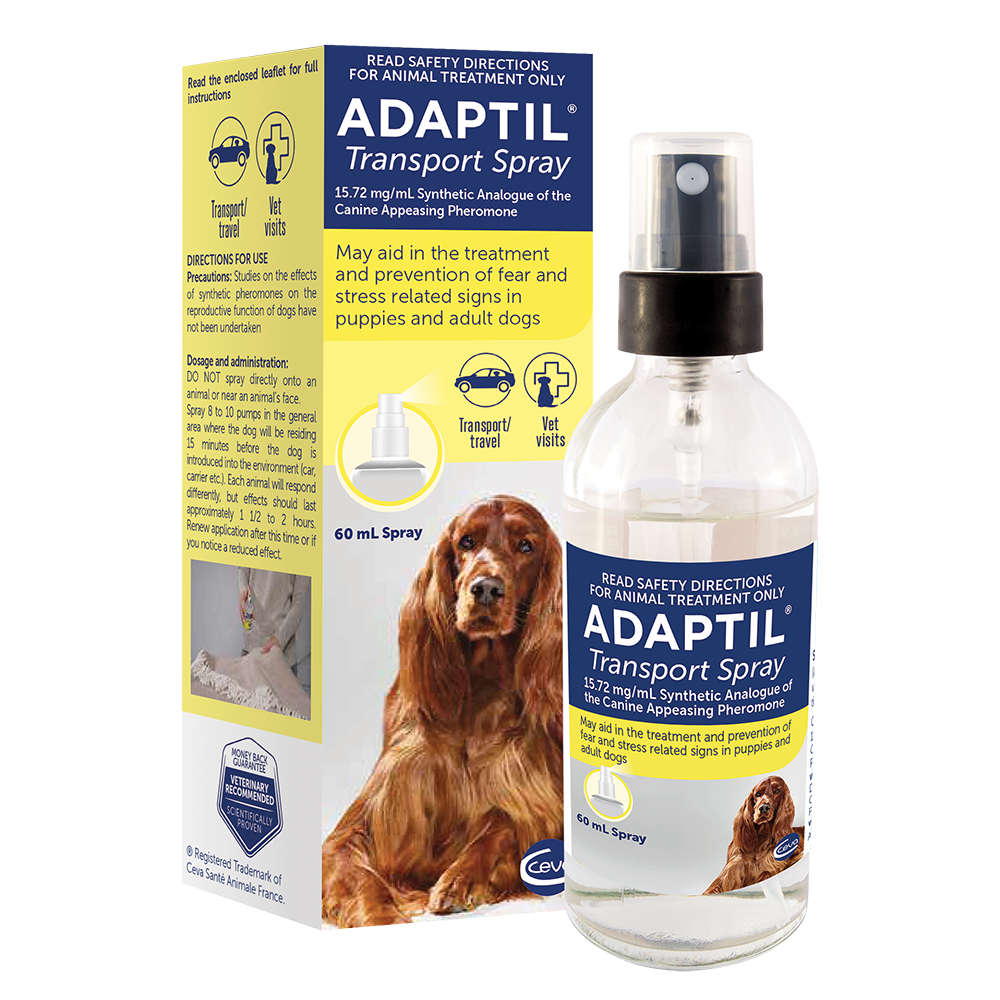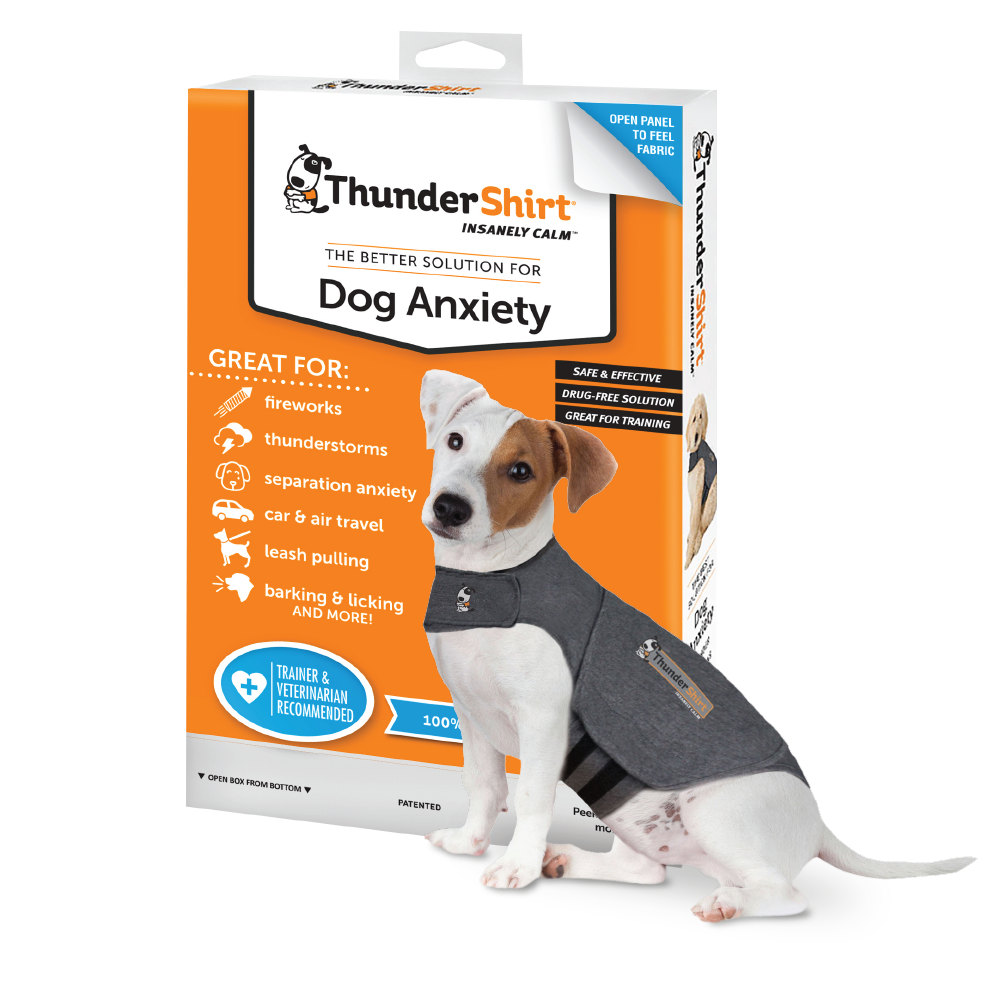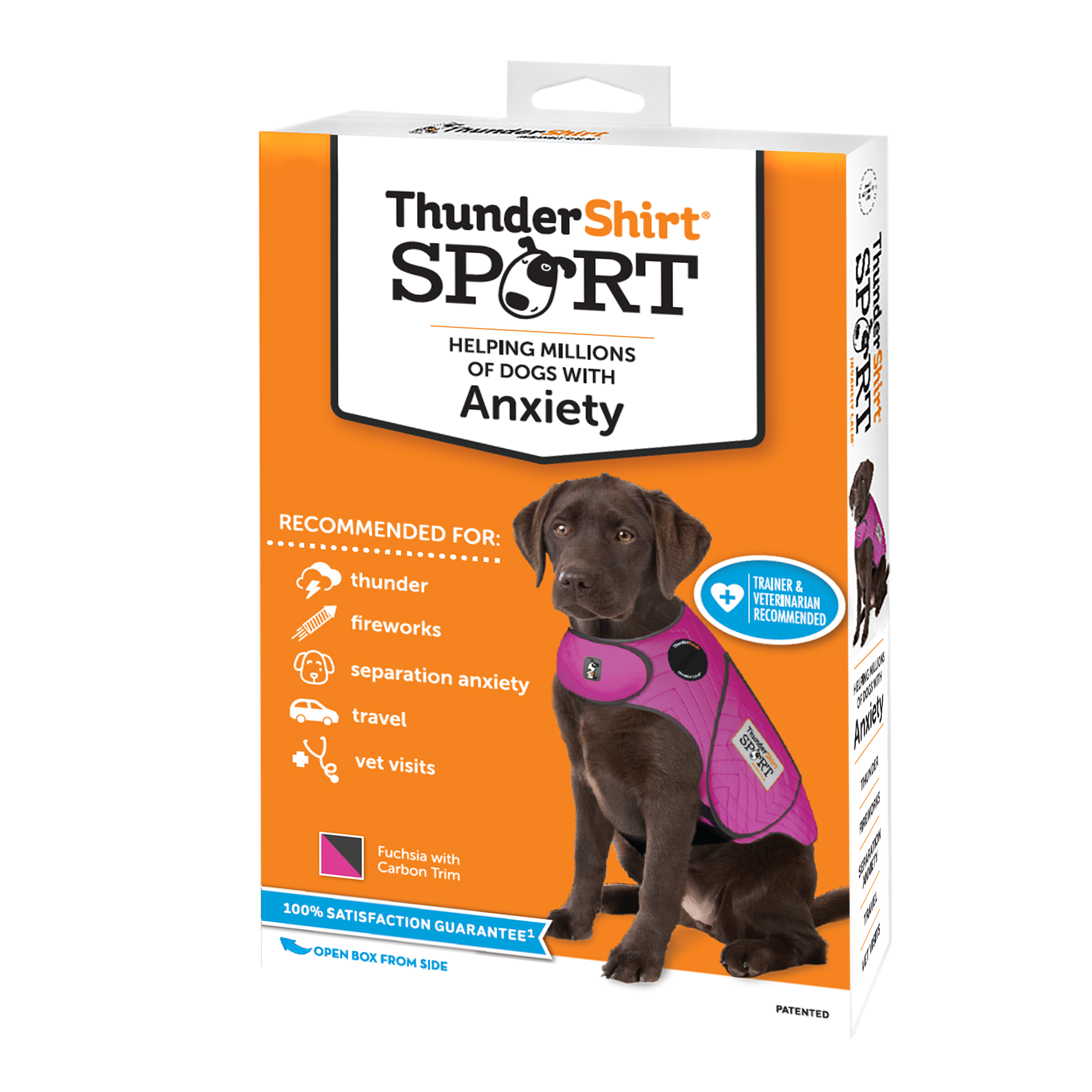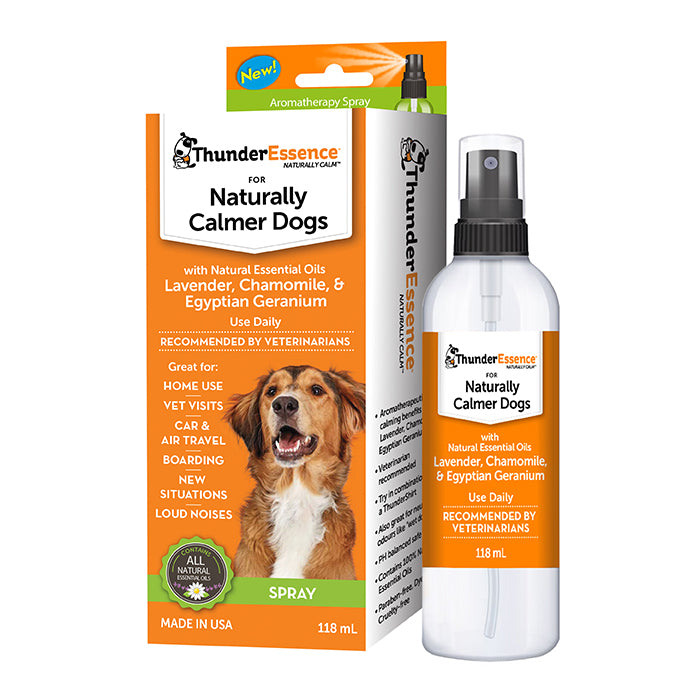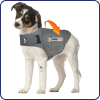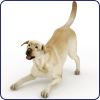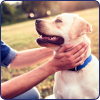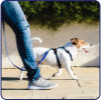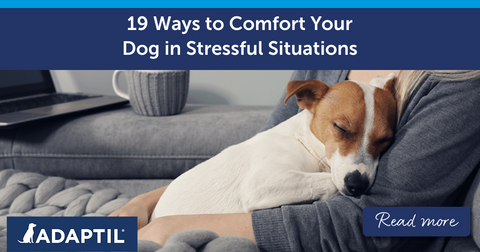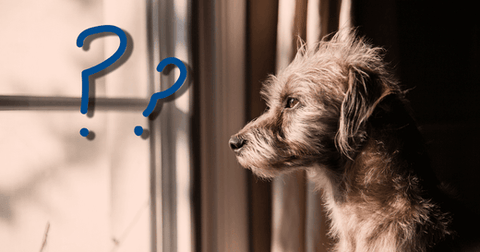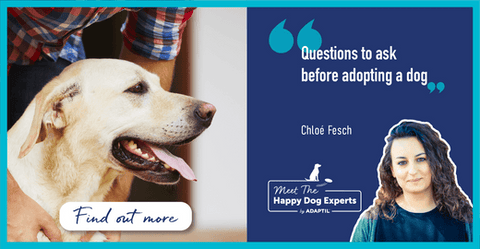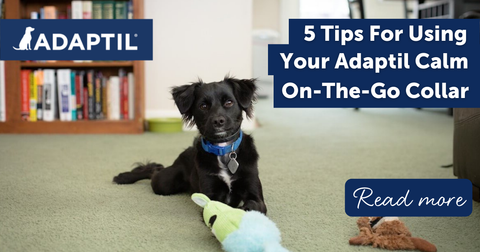What does this even mean?
The idea is to get your dog settled, comfortable and hopefully happy to be alone and while you are still elsewhere in the house. This is the best place to start to begin your training journey and see success.
The benefits to starting like this are:
- You can start with small durations away from your dog: build this up slowly and gradually, ensuring they are comfortable and calm. This is helping the positive association with being alone.
- You can reward them for being alone when they need it: regularly going back to them to reward the calm behaviour is key when going through the training period.
- If they are coping well and are settled while you are in for a certain duration, you can then do that same duration when you are out to give them the best chance to be able to cope when home alone.
- It helps to ensure they do not go over their threshold - you need to be able to go back to them to let them out and reward them in time to avoid any negative association or situation.
- They are more likely to cope with the situation in the early days with you in the home.
What are you looking for when you are home?
You are looking for your dog to be calm and relaxed, chilling in their safe haven without a worry. You do not want them to be whimpering, looking for you, barking etc. If they are appearing distressed you need to either shorten the time away from them or go back a few steps.
When not to go back in
Do not go back in the room when the dog is barking or whining, they can relate their vocalisation to you coming back in the room and then it will become something they learn to do to get you to come back home. If this continues past 30 minutes, or they are extremely distressed then you can enter, but do not console or go to your dog, to avoid rewarding that behaviour anymore.
Steps to take to help your dog
- Start with short periods, and return when there isn't barking, whining or stress-related behaviours, say your marker such as 'good dog' and then reward them with something yummy. Slowly build this up and do not return when your dog is showing any of the signs of being worried or trying to get your attention.
- Consider leaving your dog with a long-lasting treat, such as an activity feeder or food toy, like a filled Kong, this gives them something they have to focus on. Something they have to lick out is ideal as its is self-soothing and...if it's frozen it will also last longer. This not only provides an appropriate outlet to calm themselves down but it can also help create that positive association with being alone. An activity toy will also keep them distracted and therefore will help them not even worry that they're alone. Make sure you also reward them again when you return.
- When you are training your dog to be alone and whilst they are left, ensure you plug in an Adaptil Calm Home Diffuser near to them. This Adaptil Diffuser sends out comforting pheromones that are scientifically proven to help keep both puppies and dogs calm and reassured when alone. Adaptil helps decrease any stress-related behaviours associated with being left alone.
- The more you can practice the better and the slower you build this up and keep those positive connections and feelings the better!


